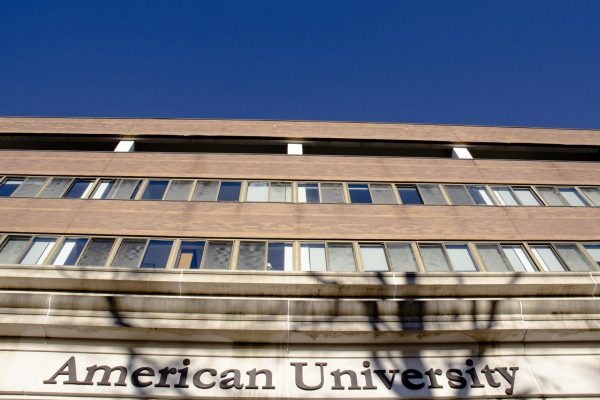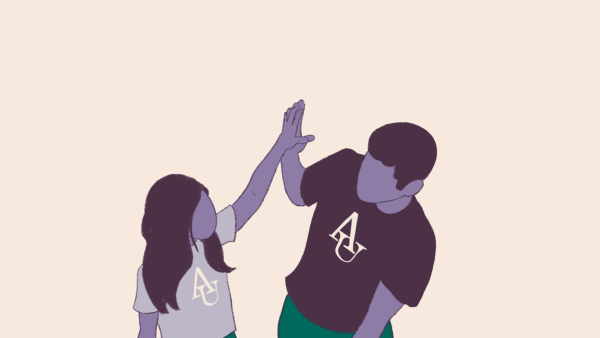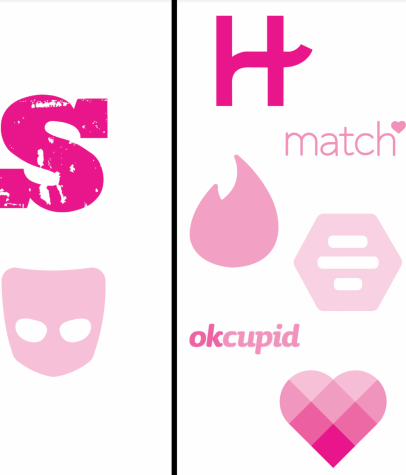Student Debt, or: How College is the Most Expensive Thing We’ve Ever Bought
In 2008, 67% of undergraduate students in the US took out loans in order to finance their educations. That number is an increase from previous years, up 27% since 2004. Another increase has been tuition rates at public and private universities. Here at American University, tuition will increase 3.8% for the 2012-2013 school year. According to the published university budget, this is the lowest tuition increase in the last 15 years. According to this estimation, AU tuition has almost doubled since 1997. Students graduating AU in 2009 had, on average, $40,966 in debt, significantly more than students at peer institutions George Washington and Georgetown. In fact, AU is among the top 20 high debt private nonprofit schools.
However, AU’s notoriously high tuition rates are not necessarily to blame for the high debt amongst AU students. Many schools, such as Princeton University, Williams College, and the California Institute of Technology are known for charging similar amounts for tuition as AU but have no-loan or reduced-loan financial aid policies for working and middle class students. Students at these schools graduate with, on average, less than $10,000 in student debt.
Another factor in student debt rates is demographics. 83% of the matriculating freshman class in 2011 received some form of financial aid, merit and need based. The class of 2015 is also one of the most diverse student bodies so far at AU. While the administration has stepped up efforts to recruit students from all sorts of socio-economic backgrounds, it needs to be prepared to provide more financial aid if this recruitment effort is going to be successful.
An additional factor to look at when considering student debt is the cost of living around colleges and universities. AU’s location in the wealthy Spring Valley neighborhood does not help students at all. In the third quarter of 2011, the median price of homes sold in 20016 was over $800,000. The cost of living in traditional dorms at AU is currently $9,144 for two semesters, and meal plans cost between $1,423 and $2,846 per semester. Moving off campus is not especially more affordable either. Studio apartments in the Berkshires, a popular off campus apartment building cost $1,559 per month, and one bedroom apartments cost $1,695 per month. That means that sharing an small apartment for nine months costs over $7,500.
Student debt has already passed credit card debt as the highest form of debt in the United States, expected to reach a total of one trillion dollars in the coming year. Currently, 15% of borrowers default on their student loans. Without action by educational institutions and the federal government to reduce debt, the country will soon find itself in a situation even worse than the recent subprime mortgage crisis.
Want to learn more about the student debt crisis? Come to AWOL’s screening of DEFAULT: The Student Loan Documentary Tuesday 11/15 at 8:30 in MGC 200. Check out the Facebook event for more information.
Photo by EU Social via Flickr.












